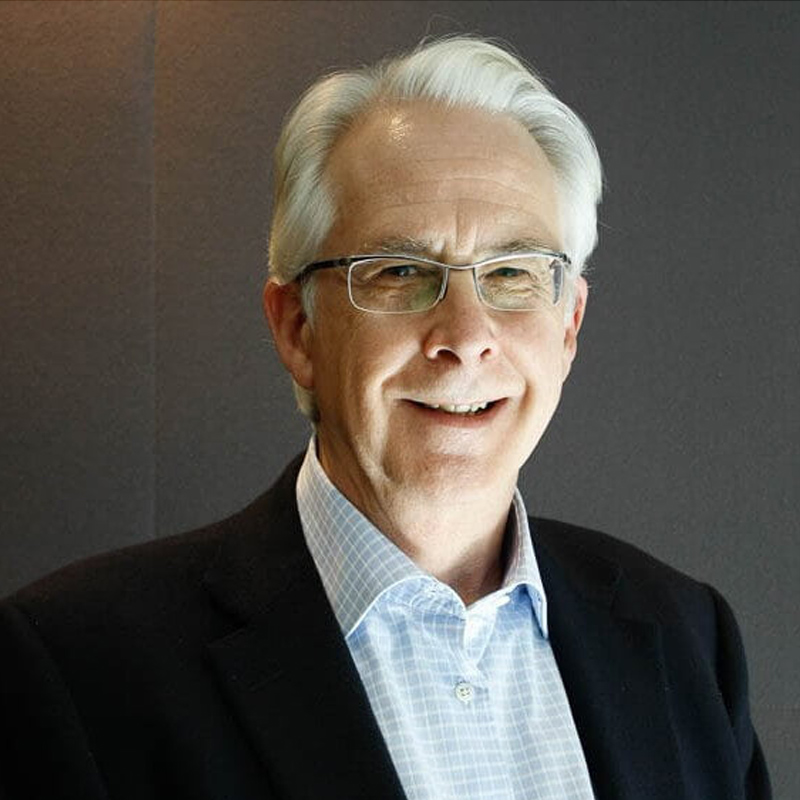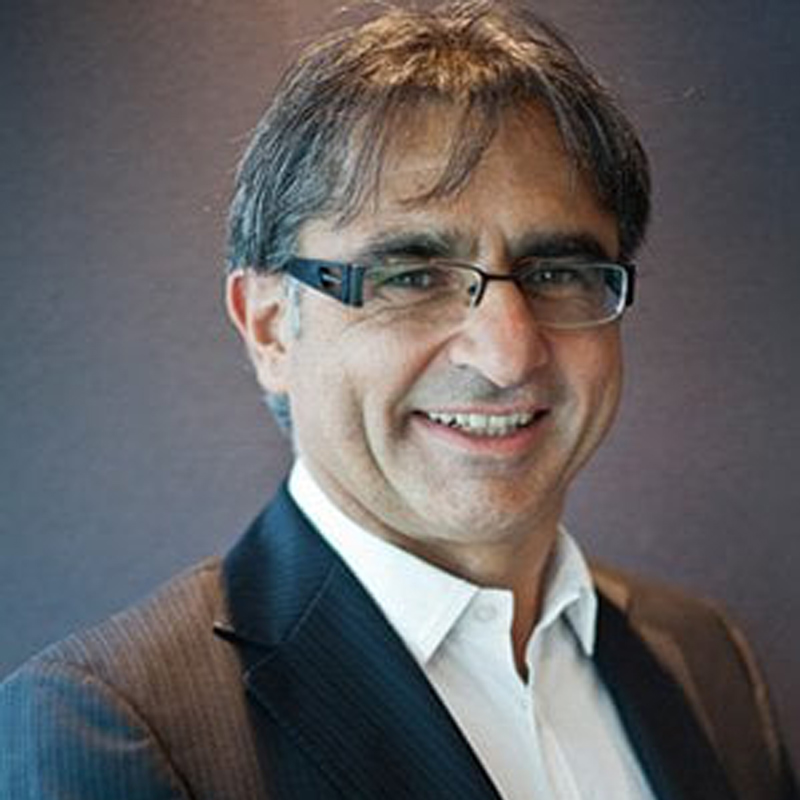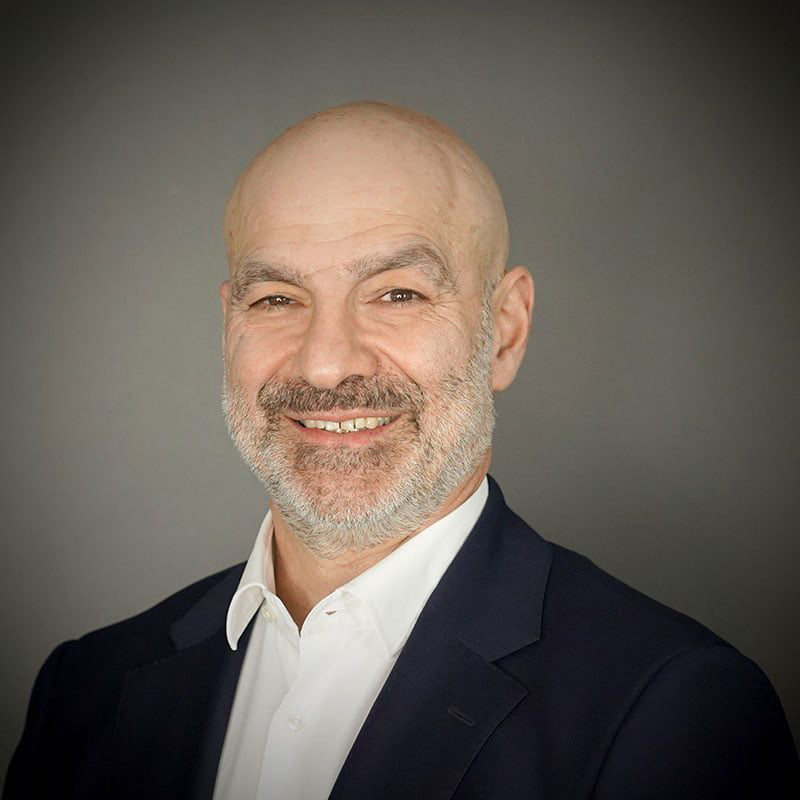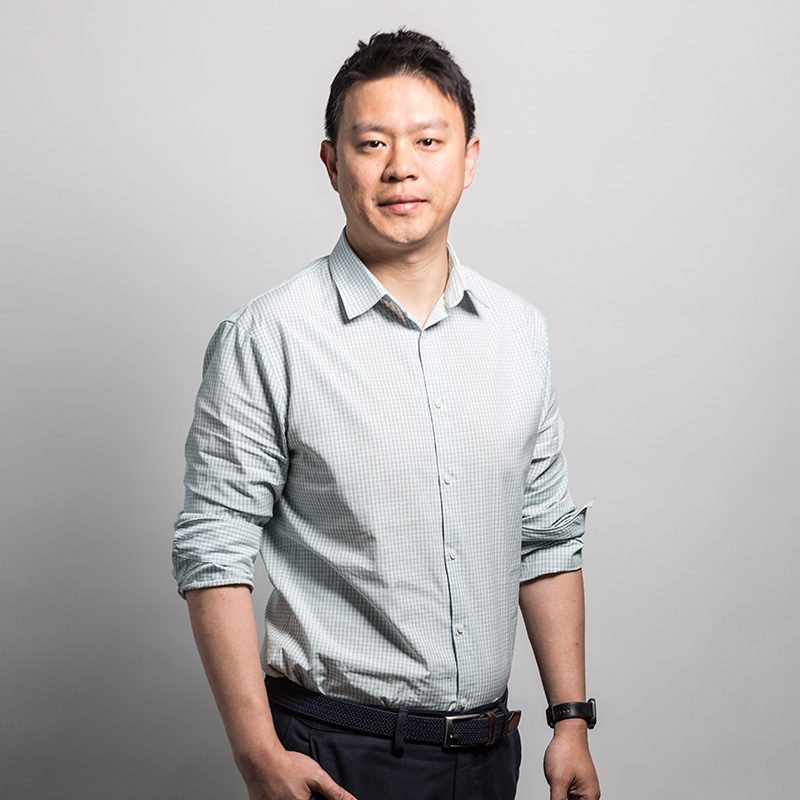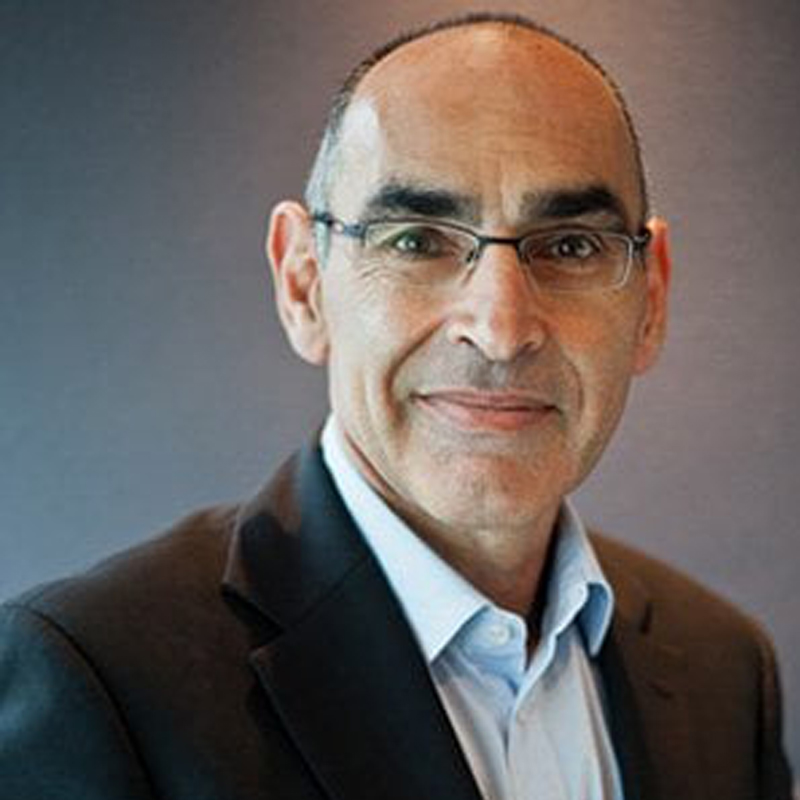by: Biju Balakrishnan FIEAust CPEng NER
Principal Structural Engineer at Intrax PROJECTS
Do I need a soil report? This question is being asked by many builders, developers, and homeowners alike. If the question is about constructing a house in Australia, the answer is yes. This brief article reviews the regulatory requirements and standard practices across Australia regarding the requirements of a site classification report (also known as soil report) for residential buildings.
National Construction Code (NCC)
Since the Australian constitution doesn’t include health and safety of people in buildings, the responsibility rests with states and territories. Therefore, Australian residential construction is controlled by State and Territory acts and regulations.
Building Act 1993 in Victoria is one such example.
Even though there are slight differences in State/Territory acts, the National Construction Code (NCC) enforces uniformity in design and construction and guarantees consistent performance of buildings to Australian public. Most building regulations require NCC as complying code for residential construction and therefore it is mandatory.
NCC is developed and maintained by the Australian Building Code Board (ABCB), a joint initiative of the Commonwealth, State and Territory governments together with the building and plumbing industry.
ABCB publishes the NCC every three years. NCC 2022 is due to be published on the 1st of September 2022.
NCC is a performance-based code and refers to various Australian standards, including AS 2870:2011 Residential Slabs and Footings. Even though the Australian standards are voluntary, complying to the Standards are necessary to ensure compliance to Deem To Satisfy (DTS) provisions in NCC.
AS 2870:2011 is a standard that is referred to in the NCC, therefore it is mandatory standard for residential construction in Australia.
The NCC is available for free download from ABCB website.
What is AS 2870:2011 Residential Slabs and Footings?
In many countries across the world, there is no requirement to follow a specific standard for residential construction other than general planning approval from local government. Some local governments might insist on local standard practices, such as specific methods of construction or material choices.
Since many free standing single residential buildings don’t require an engineer’s design, it is mostly constructed by an experienced building designer (or architect) with the help of an experienced local builder. Owners often take the responsibility of the construction with various sub-contractors. Engineers are involved occasionally to design a few beams or to provide a solution for a large opening.
Footing design and construction are carried according to local practices.
This was the practice in Australia before the release of AS 2870 in 1986. Initially published to avoid litigation due to cracking houses, the standard has since undergone many changes.
After its initial release, AS 2870 was revised in 1988, 1990, 1996 and 2011.
AS 2870 is the national standard for the investigation, design, and construction of residential buildings in Australia. AS 2870 combines all aspects of footing design for residential construction.
It is very rare that a national standard is developed for residential building footings. Australia had to develop this due to various reasons and AS 2870 is unique in that respect. Only South Africa has developed a similar code.
AS 2870 provides site investigation requirements, loading, preferred materials, construction practices and performance requirements. One stop shop for residential footing construction.
Australia can be proud to have a national standard for controlling the footing design of residential buildings, which incorporate all aspects of footing design and construction. While it has its shortcomings, it nevertheless provides a strong basis for the building and construction industry, which is valued to be around $200 billion.
AS 2870 can be purchased from the Standard Australia website.
Reactive Soils in Australia
Generally, the challenge for any structural engineer is to find a suitable bearing surface in soil where the foundation can sit and transfer the load from the superstructure safely.
This is not the case for residential buildings in Australia, due to the reactive nature of clay soil. The lightweight construction (timber construction) imposes only a very light load, often less than 50 kPa.
Finding a founding layer with 50kPa capacity is not difficult, even in a highly reactive soil. The design challenge is thus not bearing capacity.
The real issue is the movement of soil (settlement and heave) due to changes in the moisture regime driven by seasonal weather changes. This movement has little to do with bearing capacity but is quite sensitive to droughts, trees and leaking pipes. Climate change is another issue which could aggravate this problem.
Other than Perth, Australian capital cities are covered with reactive clay, and new developments are mostly in such soils. According to Richards et al. 1983, around 20% of Australian soil is reactive clay.
The challenge of expanding/contracting soils
The movement of soil due to external forces is a challenge by itself. It is an additional environmental loading to the building like wind, snow or earthquakes. The movement is driven by environmental factors, such as wet season or drought, on the footing.
The loading codes AS/NZD 1170:0,1,2,3 & 4 provide information about all imposed loading on the building including wind, snow, and earthquake. But no direction is given on the load imposed by reactive soils on the structure. Appendix A of AS /NZS 1170.2:2002 mentions foundation movements.
The additional loading on the structure due to soil reactivity can be assessed by preparing a site classification report in accordance to AS 2870. The movement due to reactivity is provided in vertical movement and classification site is based on this. For example, a site with 20- 40mm anticipated vertical movement is classified as “M”.
Site classification reports are not a conventional geotechnical reports, nor are they meant to equate to a conventional geotechnical report.
Site classification reports are prepared based on AS 2870 by an experienced geotechnical practitioner to assess and report the reactivity of soil. There are various methods adopted, which are mostly based on visual and desktop study. Laboratory tests may be necessary in some cases.
Do I need a site classification report?
As per AS 2870, site classification report is necessary to establish the reactivity of the soil. The site classification report gives vital information to the structural engineer to design the footing, incorporating the additional loading due to soil reactivity.
Footing designed to AS 2870 ensures structural performance in accordance to the NCC, which is mandatory across Australia.
Yes, you a need site classification report (sometimes called soil report) from a competent building practitioner to complete the building permit documentation and to secure a building permit.
Site classification reports are not a geotechnical reports and cannot be used for buildings other than residential buildings or similar structures. A detailed geotechnical report might be required if the foundation issue is not just reactivity. Houses with basements are the best example of such a scenario where you need detailed geotechnical report from a competent geotechnical engineer.
Since the site classification report relies on the practitioner’s local knowledge and experience, it is important to engage an experienced consultancy in providing the report. An appropriate and factual site classification report ensures value engineered footing design and reduces unnecessary site costs.


